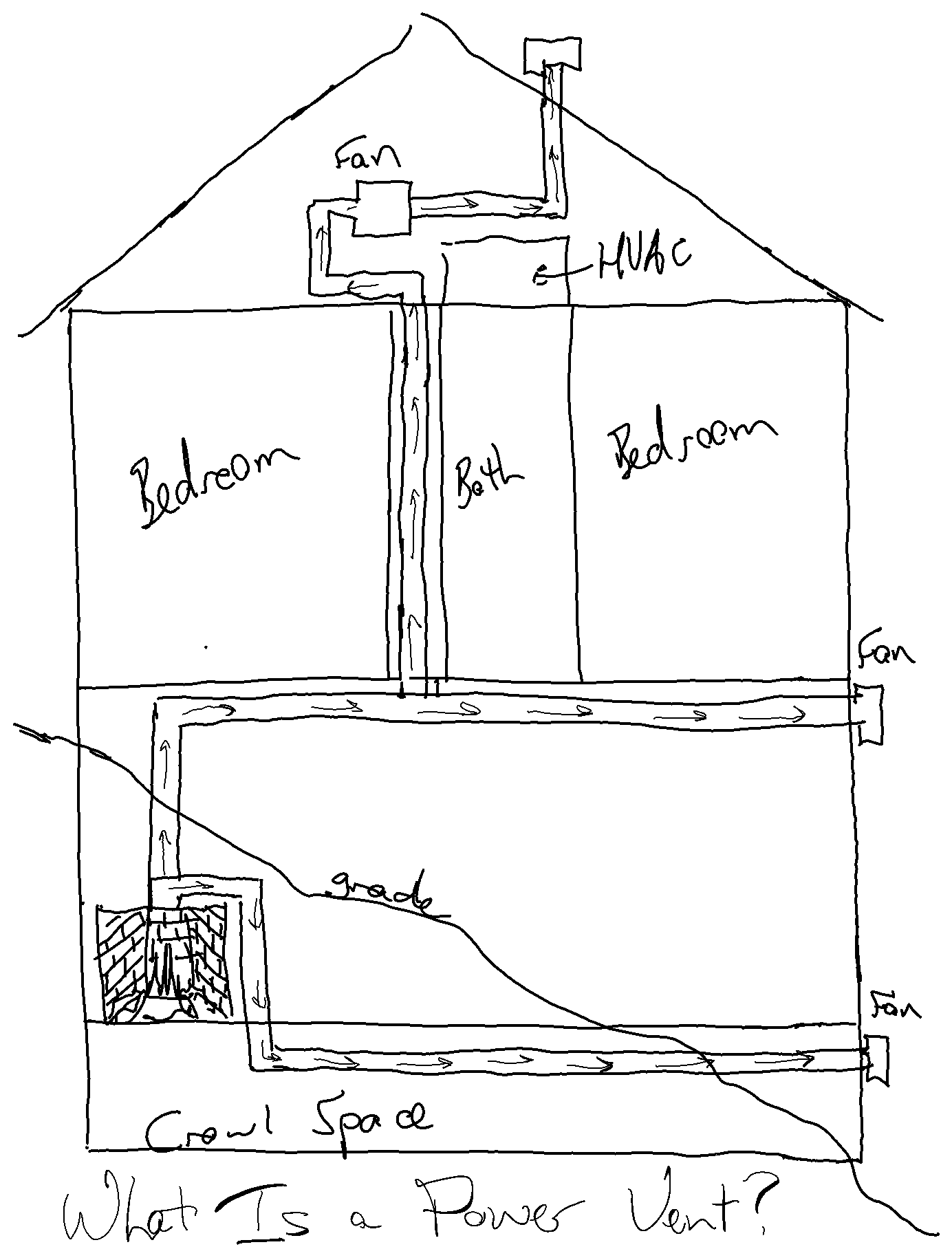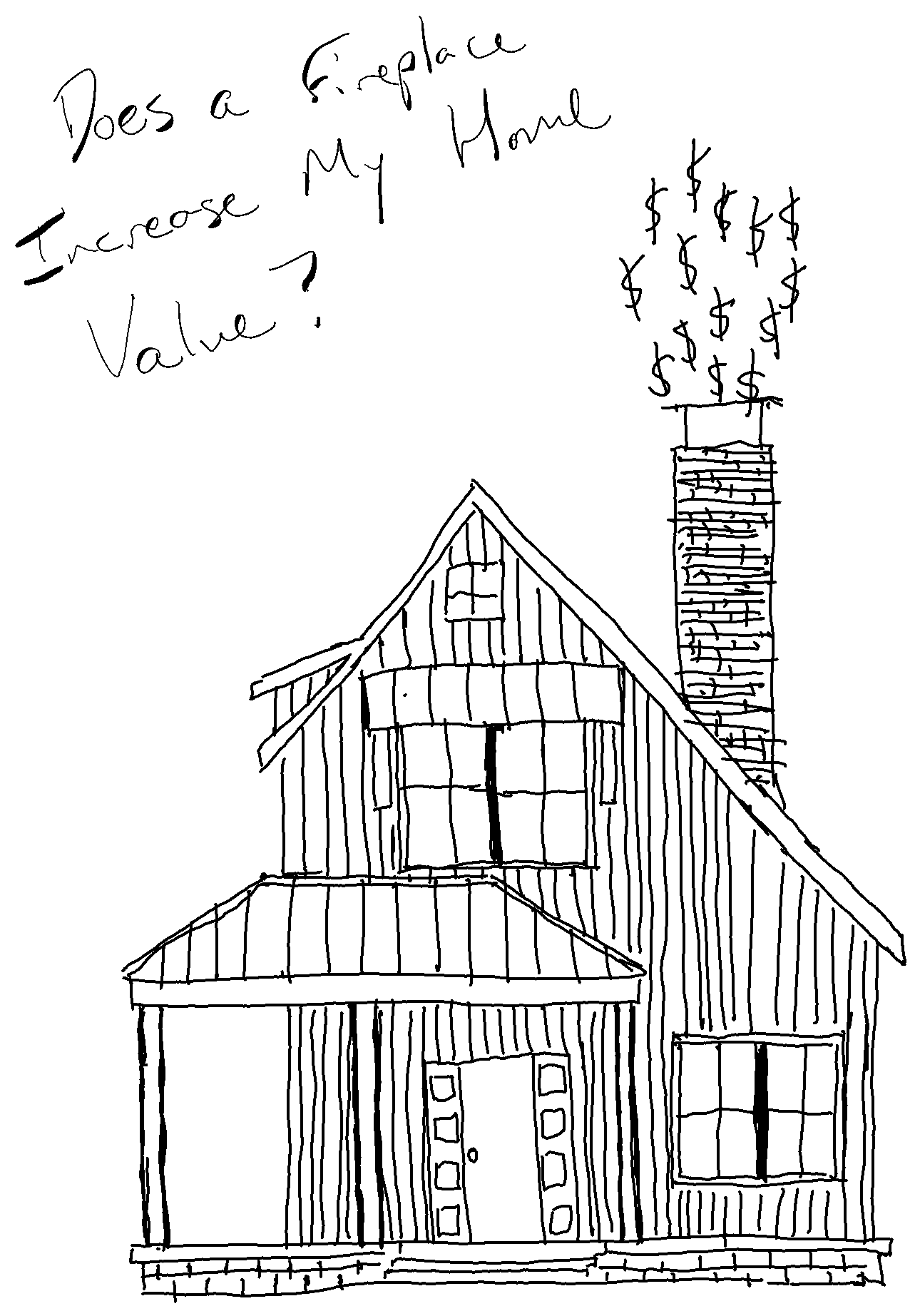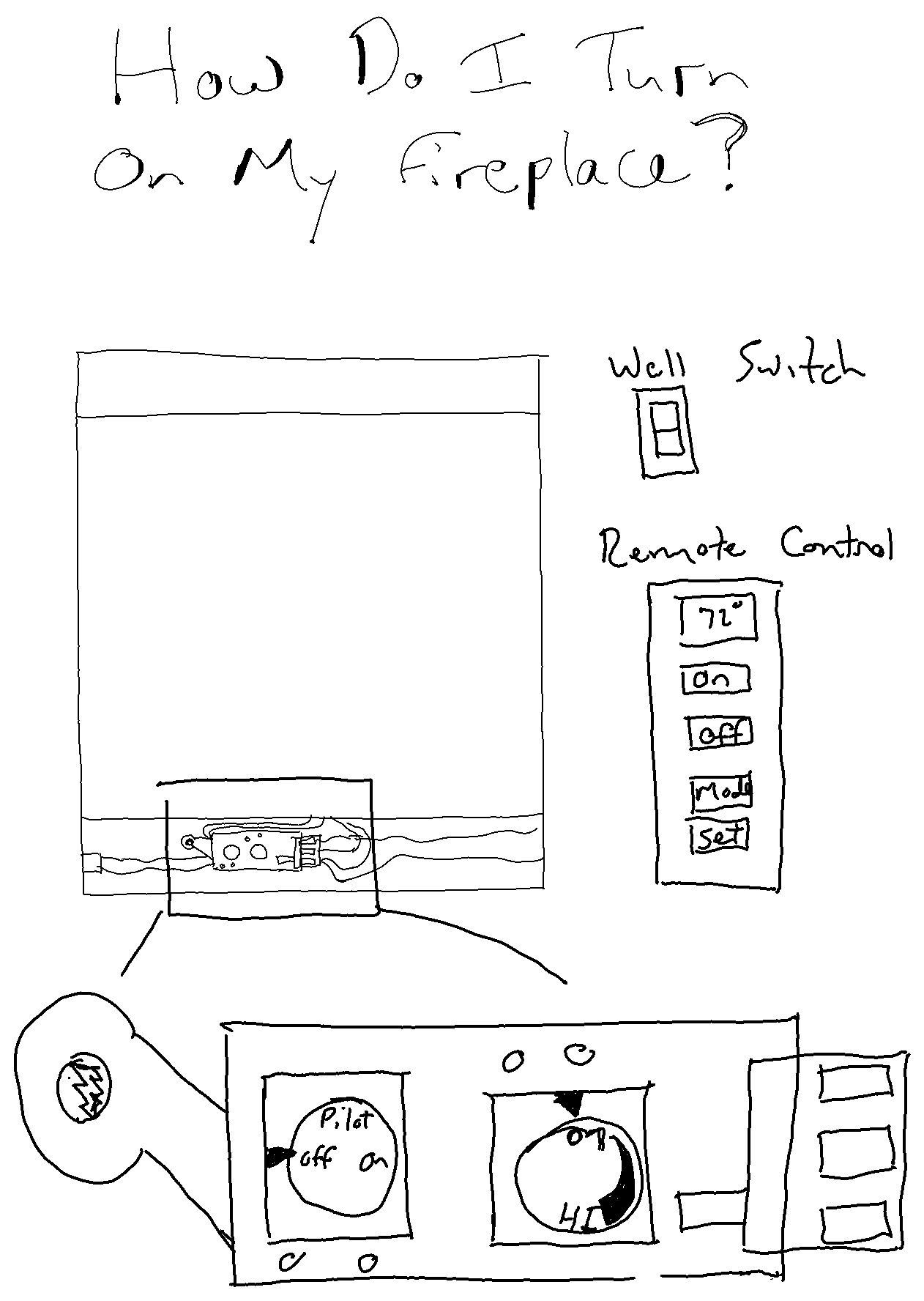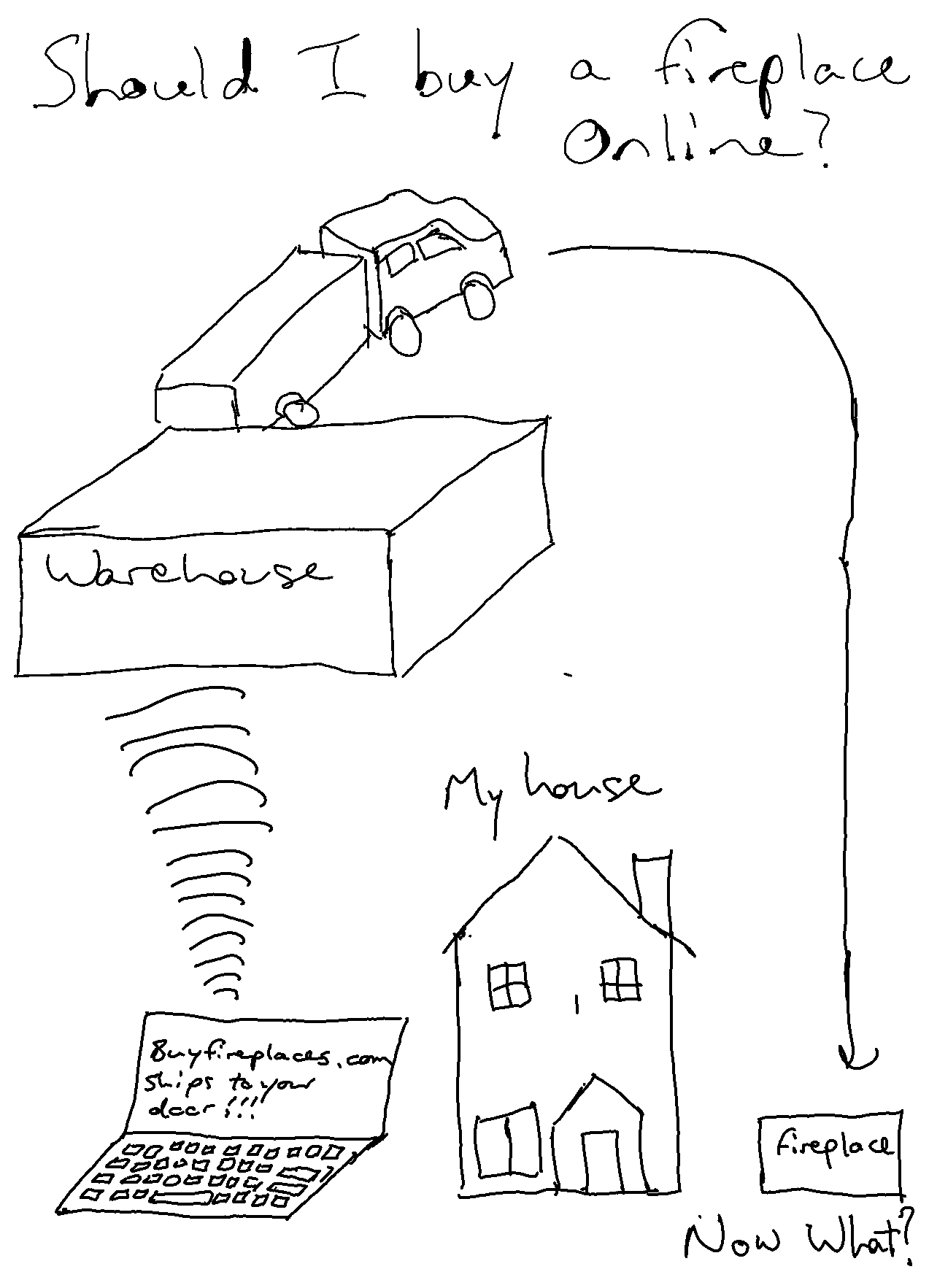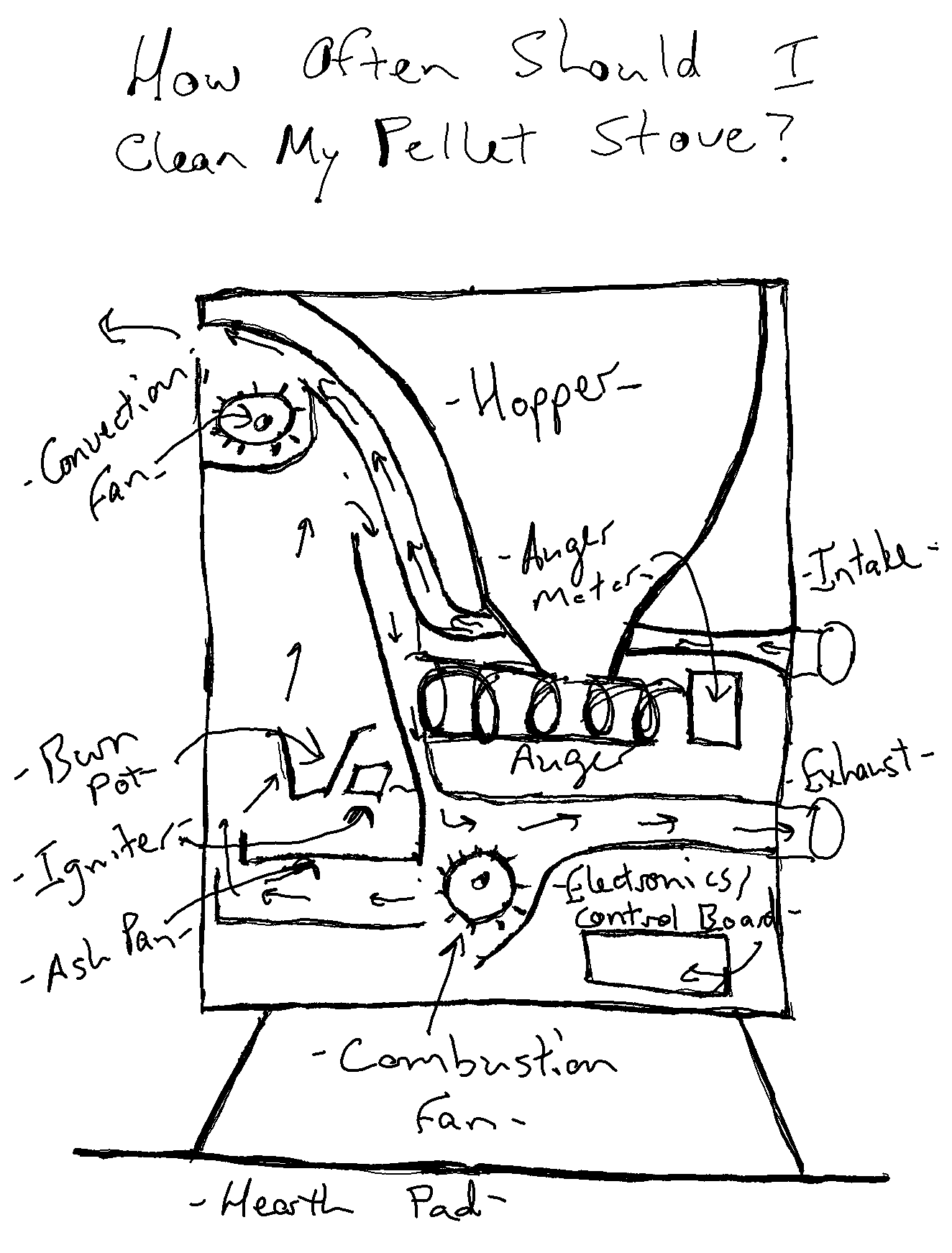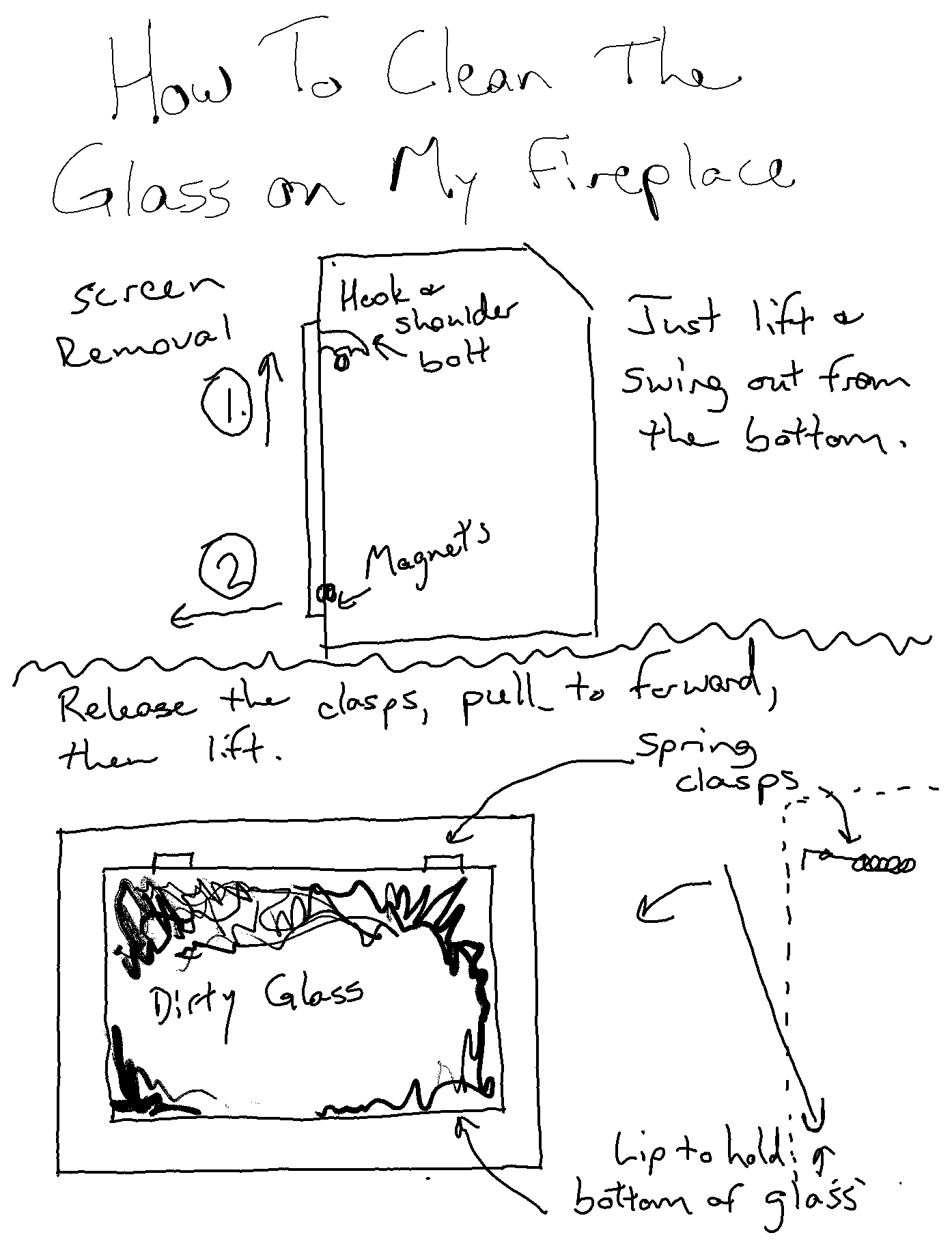
Are Vent-Free Fireplaces Allowed, and Safe?
Can I, and should I, use a vent-free fireplace?
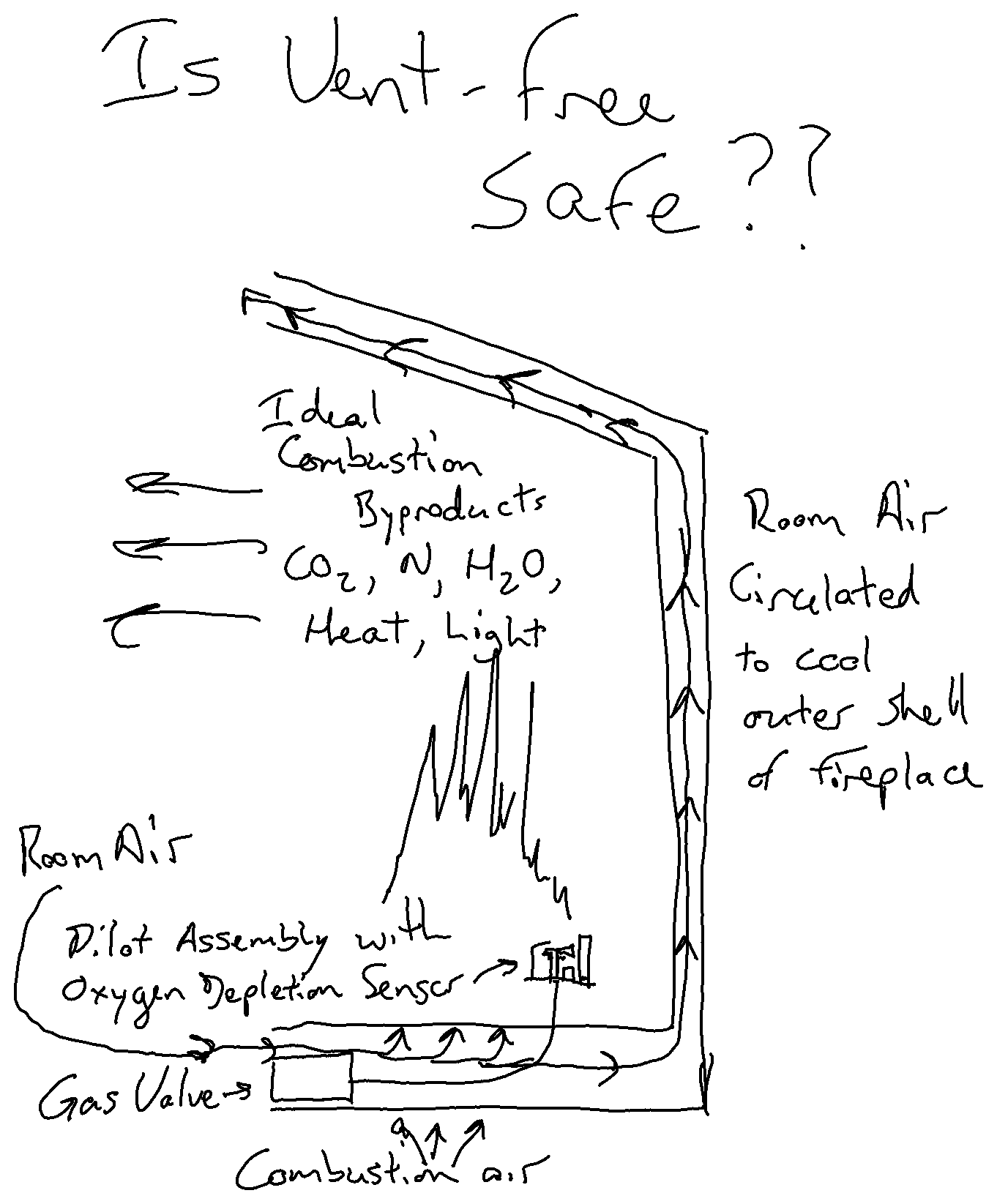
The concept of vent-free gas fireplaces sounds really great. They're nearly 100% efficient, and you don't have to run a flue through your building's envelope. There certainly are times when that venting part can be a major issue, so there's a clear draw.
So the first question is; can I? The only state that doesn't allow vent-free gas fireplaces is California. Massachusetts was the other holdout, but they now allow it with exceptions. Residential code also does not allow them in bedrooms or bathrooms, in those the combustion air has to come from outside. On a local level there certainly are counties and municipalities that don't allow it, but you'd have to check with a local dealer for that info.
Now onto the more nuanced question; should I? As I mentioned above, there are certainly some good reasons for it. And in ideal circumstances, when the fuel/oxygen mix is perfect, there really isn't much harm. If so, the byproducts are carbon dioxide, nitrogen, water vapor, and heat. The only one of those things that can be problematic is the water vapor. Burning 100,000 BTU of natural gas will deliver about 2/3 of a pound of water vapor. So per hour, that's less than a quarter pound of water. If you're living in a dry climate like here in Nevada, that most likely won't cause any issues. But in a very well-sealed home you could end up with some condensation issues. The real issues come into play when the fuel/oxygen mix is not perfect. Too little oxygen can produce carbon monoxide, and we all know we don't want to breathe that. The good news is that most homes have carbon monoxide sensors, and any certified ventless gas fireplace will have an oxygen depletion sensor, that shuts down the flame if oxygen levels get too low. A larger threat is if there's too much oxygen. This can happen if the burner isn't set up right. In that case, Nitric Oxide is produced. Very few homes will have a detector for this gas, and it can cause some rather serious breathing issues. There is also no sensor on the fireplace itself to determine if NO is being produced.
To sum up, in almost all cases, you can use a vent-free gas fireplace. I tend to be a better safe than sorry type, so I do not believe that you should if there's any way to avoid it. Electric fireplaces are great vent-free options. I'm not a big fan of ethanol fireplaces either, maybe I'll do a post on those another time, if someone asks. If at all possible, go for a direct vent fireplace. It's the safest, and doesn't lose much in terms of efficiency either. If you have to, just make sure the fireplace is ANSI certified, which means it will have an oxygen depletion sensor and avoid the greatest risks. There's no need to put ourselves in jeopardy when we're just trying to stay cozy.
More from Fireplace Wizard


